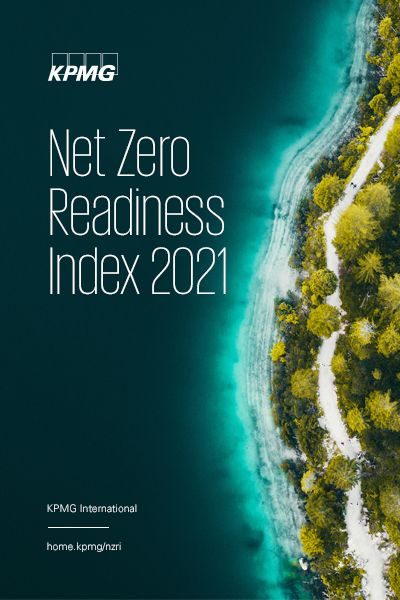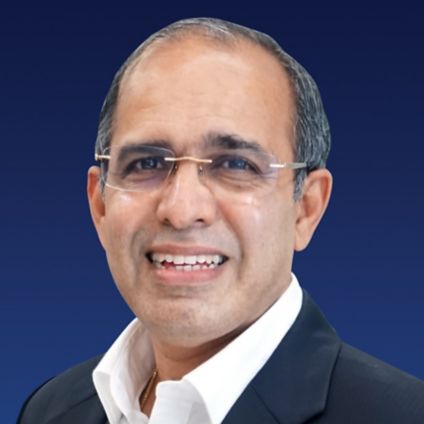The city-state faces challenges such as space constraints for renewable energy generation. To advance the national agenda for sustainable development, it has announced a wide-ranging Green Plan covering finance, transport, energy efficiency and vertical farms for local agriculture.
Economic exposure
The Singapore government has not set a formal target date for achieving Net Zero emissions, although it aims to halve emissions from an expected 2030 peak by 2050, with Net Zero following as soon as viable.1 It faces specific challenges as a city-state, such as having little space for renewable energy generation and a significant manufacturing sector, as well as being a hub for shipping, aviation and tourism. Oil and gas refining and petrochemical processing generate around three-quarters of industrial emissions. 2
However, it does have transformative plans for change. In February 2021, the government published a 2030 Green Plan which seeks to tackle climate change through a wide-ranging set of initiatives covering areas developing carbon services and green finance, planting one million trees and opening new parks. “As a low-lying island, Singapore remains fundamentally vulnerable to the impact of climate change, which poses an existential threat to us,” said Senior Minister Teo Chee Hean in a speech in March. “We take a considered, committed and collective approach to the global climate crisis.”3

“Singapore has turned its natural disadvantages like lack of land, water and natural resources into opportunities by focusing on building capabilities, harnessing technology and innovation and being relevant to global value chains,” says Satya Ramamurthy, Head of Infrastructure, Government and Healthcare, KPMG in Singapore. “It is putting sustainability at the heart of its new economic strategy to emerge stronger from the pandemic. Singapore can also play a role in reducing other countries’ emissions by developing green financial and logistical services.”
Energy transition
The city-state is planning to quadruple its solar power generation by 2025 and has deployed floating panels on reservoirs.1 It is considering imports of green electricity from Malaysia and even Australia, although the latter would require the world’s longest undersea power cable.2 It is developing use of liquid natural gas as a transitional fuel and the Green Plan includes commitments to improve energy efficiency in homes, schools and offices. Cherine Fok, Director of Sustainability Services, KPMG in Singapore, says the government is taking a leadership role, including on procurement. “The signaling for the market is very strong,” she says.
Singapore is ranked eighth on the transport sector, partly due to very low transport emissions per person, incentives for electric vehicles and an active clean technology industry in the sector. Although it was later than some countries in starting to adopt electric vehicles, new diesel cars and taxis will be banned from 2025, with further road tax incentives to adopt electric vehicles and a plan to phase out all internal combustion engine vehicles by 2040.3 It is also a leading developer of clean shipping fuels including liquefied hydrogen, liquid ammonia and synthetics as part of its ambition to remain the world’s biggest maritime fuel hub and a leading port.

Singapore ranks fifth on agriculture, land use and forestry and plans to produce 30 percent of its food locally by 2030, including through vertical farms which grow food in towers. However, this will require a significant cost reduction or subsidization of electricity to do this at the scale required.
Holistic approach
The government will encourage industries to continue to shift towards lower-energy advanced manufacturing, including through high prices for water usage, and has paused the development of new datacenters given their high power use.7 Singapore has also implemented a carbon tax and new mandates to reduce waste. The government launched a Towards Zero Waste plan in 2019 to address food, electronic and packaging waste, adopting new technologies and circular measures. It is encouraging green financial solutions through increased reporting requirements and the development of green bond markets.
1 Audrey Tan, ‘Singapore's 2050 target: halve emissions from 2030 peak’, The Straits Times, 29 February 2020. https://www.straitstimes.com/singapore/environment/spores-2050-target-halve-emissions-from-2030-peak
2 Audrey Tan, 'Parliament: About 75% of industrial emissions are from refining and petrochemicals sector', The Straits Times, 7 October 2019. https://www.straitstimes.com/politics/parliament-about-75-of-industrial-emissions-are-from-refining-and-petrochemicals-sector
3 ‘Speech by Senior Minister Teo Chee Hean’, Singapore Government Green Plan, 4 March 2021. https://www.greenplan.gov.sg/resource-room/2021-03-04-pmo
4 Prisca Ang, ‘Floating solar panel systems to be ready at two reservoirs next year’, The Straits Times, 31 October 2019: https://www.straitstimes.com/singapore/floating-solar-panel-systems-to-be-ready-at-2-reservoirs-next-year
5 Adam Morton, ‘Just a matter of when: the $20bn plan to power Singapore with Australian solar’, The Guardian (UK), 14 July 2019. https://www.theguardian.com/environment/2019/jul/14/just-a-matter-of-when-the-20bn-plan-to-power-singapore-with-australian-solar
6 ‘Singapore aims to phase out petrol and diesel vehicles by 2040’, Reuters, 18 February 2020. https://www.reuters.com/article/us-singapore-economy-budget-autos-idUSKBN20C15D
7 Tang See Kit, 'Singapore puts ‘temporary pause’ on new data centres: Why and what it means for the industry', CNA, 10 May 2021. https://www.channelnewsasia.com/news/business/new-data-centres-singapore-temporary-pause-climate-change-14719154





